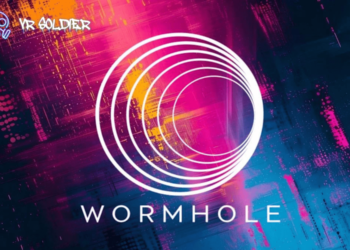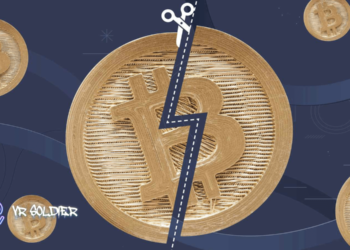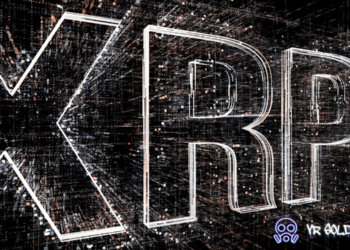It is evident there are still plenty of improvements to come to VR. Right now, one of the main points of focus lies on improving the overall image quality. Varjo, a Finnish startup, may have successfully cracked the code in this regard. Their new prototype VR headset delivers an image quality fifty times sharper than other products.
Varjo Makes Some Very Bold Claims
There are quite a few different factors which influence the image quality viewed through a VR headset. The individual pixel rate of the glasses, for example, is one of the contributing factors. Without proper games, apps, and experiences to support these new resolutions, users will not see the benefits, though. Varjo has come up with a solution that massively improves the VR image quality.
To put this into perspective, the company claims their prototype VR headset delivers 50 times the sharpness of comparable products. That is quite a statement, although it is not exactly impossible to achieve. It seems to be as close to our real-world vision as a VR headset has ever come. At the same tie, any image quality outside of the “central area of vision” still needs a lot of work. Then again, this is also present in the real world in some cases.
The human eye only focuses on a small area of vision, with our brain filling in the rest. Although some people have an excellent peripheral vision, most people can’t see everything in great detail. As such, it makes sense VR headsets provide a very similar experience in this regard. Varjo’s technology depicts high-resolution images if our eyes are focused on that part of the screen. Thanks to its built-in eye-tracking technology, different parts of an environment can be made sharper or fuzzier on demand.
Another benefit of foveated rendering is how it utilizes less computing power. Whether or not that means VR will become more accessible to consumers, remains to be seen. The prototype headset currently has a price tag of up to $8,000. For now, the company mainly targets corporate clients, although this technology will eventually trickle down to regular consumers as well.
If you liked this article make sure to follow us on twitter @thevrbase and subscribe to our newsletter to stay up to date with the latest VR trends and news.











